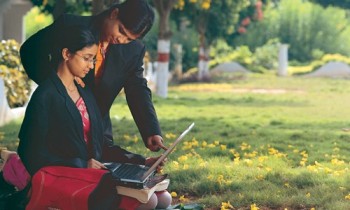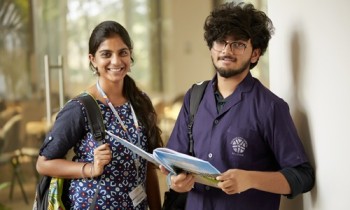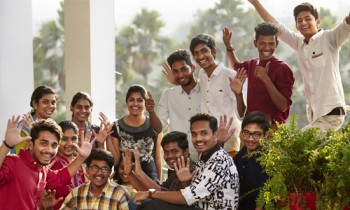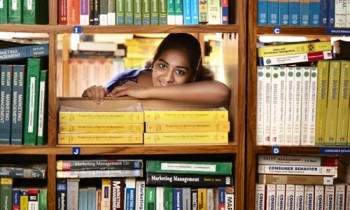Textiles rank as the second most essential human need. Since they have such a big influence on our daily lives, everyone has to be aware of them. Since the beginning of time, people have utilised various textiles for a variety of purposes, including warmth, personal decorating, covering, and even as a way to show off wealth. Today, all people are the ultimate customers, and textiles are still used to achieve these goals.
B.Tech. programme of Textile Technology is aimed at offering the knowledge and skills of invention, development, design, operation and management of processes in textile industries. It combines the work of several fields such as fibers, yarn, fabric, wet processing and garment making. In the new curriculum of R22, skill-oriented activities are included to enable the students to acquire hands on experience of technology to make them better suited for industry requirements.
Clothing is one of the basic needs for mankind. It protects the body from heat and cold, but also brings out one’s personality, enhances beauty, gives comfort and expresses the status of living. Thus the need to study about fiber, fabric and clothing.
What is Textile…. ? Textiles, generic term (from Latin texere - which means capable of being woven, “to weave”) originally applied to woven fabrics, but now also applied to natural and synthetic filaments, yarns, and threads as well as to the woven, knitted, felted, tufted, braided, bonded, knotted, and embroidered fabrics made from them. The term textile fibers refer to fibers that can be spun into yarn or made into fabric.
India’s textiles sector is one of the oldest industries in Indian economy dating back several centuries. Even today, textiles sector is one of the largest contributors to India’s exports with approximately 11 per cent of total exports. The textiles industry is also labour intensive and is one of the largest employers. The textile industry has two broad segments. First, the unorganised sector consists of handloom, handicrafts and sericulture, which are operated on a small scale and through traditional tools and methods. The second is the organised sector consisting of spinning, apparel and garments segment which apply modern machinery and techniques such as economies of scale.
|  |












